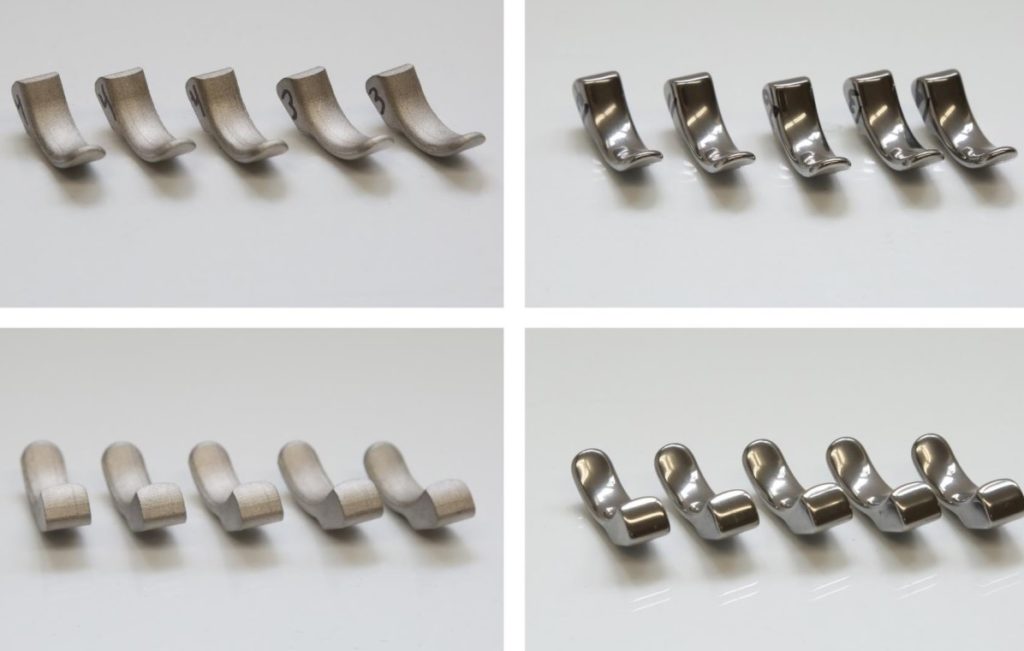Surface finishes are of ample types, purposes, and qualities. But it is challenging to figure out which one is good for CNC machining and what options are available for it. Some are good for post-processing, while others are used to enhance the surface’s roughness or wear and tear. Read on to get acquainted with some most common surface finishes for CNC machining. But before that, let us begin with the CNC machining surface.
Why do CNC Machining Parts Require Surface Finishing?
CNC machining refers to the manufacturing process, producing the parts with constricted tolerances with finer details leading to a wide range of plastics and metals.
Because of this subtractive nature of CNC Machining, the parts generated from it come off grinding and turning machinery with some perceptible tool marks. Surface finishing is a reliable way to give it a seamless look.
Post-processing, choosing to apply suitable surface finishes to the parts can enhance the visual properties, cosmetics, wear resistance, and roughness. When used appropriately, the high-end surface finishes improve aesthetics and functionality.
Types of Surface Finishes
As Machined
The term “As Machined” is about the parts that come out of the machine with minor noticeable marks. These have a standard rough surface of about 3.2 μm. A finishing cutting pass is applied to this in order to diminish the surface’s roughness.
However, to give the desired outlook to the part, these parts are polished and smoothened to enhance the visual appearance and quality of the surface.
Bead Blasting
Performing bead blasting adds a uniform satin or matte surface to the machined part. This type generally provides the desired surface finish outlook by bombarding the part with smaller glass beads. This addition helps remove the tool marks.
This process helps remove the excessive roughness and enhances the surface’s visual appearance.
Anodizing Type II
Anodizing Type II surface finish adds a ceramic and corrosion-resistant layer to the part’s surface. This is also known as a standard anodizing that can produce up to 25 μm thicker coatings.
Anodized parts can be dyed into several colors available for titanium and aluminum only.
Anodizing Type III
Anodizing Type III surface finish to the part adds a ceramic layer of corrosion resistance and wear resistance. It is also known as hard coat anodizing, producing 125 μm thicker coatings.
This surface finish offers higher protection to the surface and the nest part because it can be dyed into varied colors. However, this hard coating is available for titanium and aluminum materials only.
Powder Coating
Powder coating is another surface finish responsible for adding corrosion-resistant and wear-resistant properties to the surface. It provides a higher resistance impact to the surface and comes in various colors. The best thing about this type is it can be applied to any material.
Bottom Line!
Surface finishing is the final phase of the entire CNC machining process. This helps eradicate the parts’ flaws and defects and enhances their appearance. Think 3D is a one-stop solution to produce magnificent appearance and functionality within the CNC machining parts.
